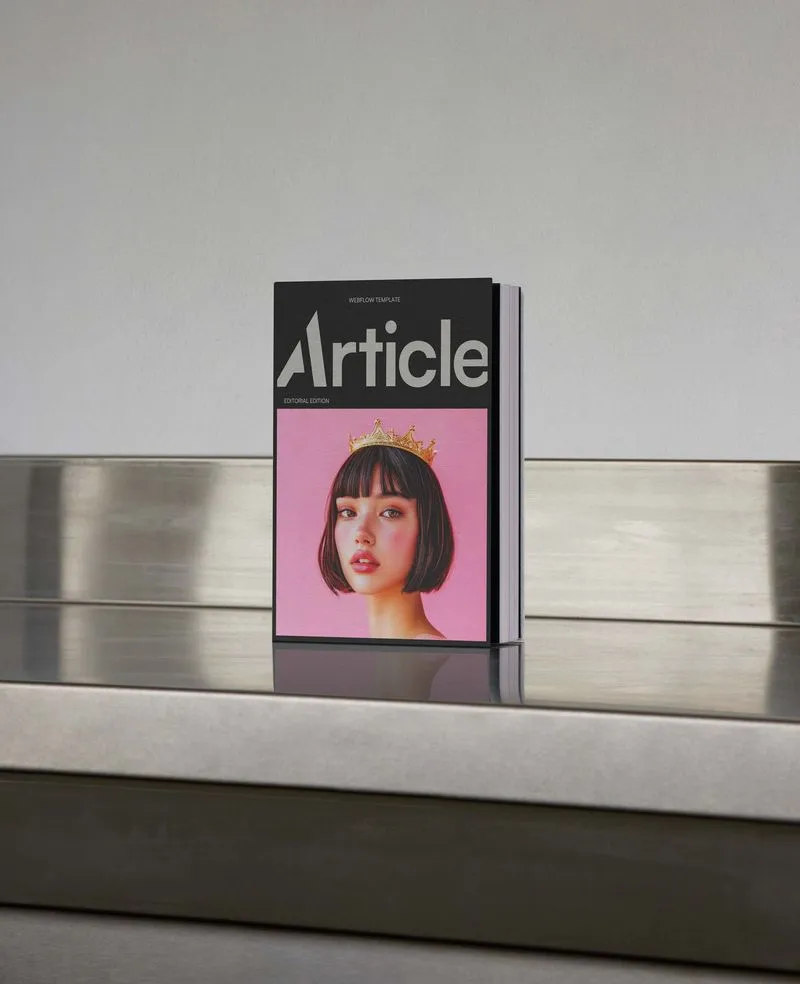Sponsorship Deals That Sell Themselves
Sponsorships can turn a good event into a highly profitable one—if you do them right. The problem? Most event organizers struggle to attract and close brand partnerships because they don’t know what sponsors actually want.
If you’ve ever sent out dozens of emails with no response, or you’ve locked in a sponsor only to have them disappear after one event, this guide is for you.
We spoke to top event organizers who consistently land high-value sponsorships, and we’re breaking down their exact strategies to help you secure deals that brands can’t resist.
1. Stop Asking for Money—Start Offering Value
Most sponsorship pitches fail because they focus on what the organizer needs, not what the sponsor gets.
✅ Wrong Approach: “We’re looking for sponsors to help cover event costs.”
✅ Right Approach: “Our audience perfectly aligns with your target market. Here’s how our event can put your brand in front of engaged potential customers.”
Example: Rose Gold, a nightlife collective in NYC, started securing premium sponsorships by tailoring brand activations that integrated sponsors into the event experience. Instead of just asking for money, they pitched custom cocktail bars and immersive brand lounges—creating a win-win for both parties.
🔥 Pro Tip: Before pitching, ask yourself: How does this sponsorship help the brand grow? If you can’t answer that clearly, neither can they.
2. Build a Sponsorship Deck That Sells Itself
Your sponsorship deck is your first impression—make it count.
✅ What to Include:
- Event Overview: Quick, compelling summary.
- Audience Data: Show attendee demographics, interests, and engagement.
- Brand Exposure Opportunities: Logos, stage mentions, activations, social media promos.
- Sponsorship Tiers: Offer flexible packages (Gold, Silver, Bronze) or custom deals.
- Case Studies: Show success from past sponsors (if available).
Example: Sycamore Hospitality secured a long-term beverage sponsor by including attendee purchase behavior and brand affinity metrics in their deck. Their data showed that attendees had a high conversion rate for a specific type of alcohol brands, making the deal a no-brainer.
🔥 Pro Tip: Include a slide titled “What You Get” and break down deliverables in clear, easy-to-skim bullet points.
3. Make Your Event Feel Exclusive & High-Value
Brands want to be associated with premium, well-respected events. If your event looks disorganized or low-quality, sponsorships will be hard to land.
✅ Boost Your Event’s Perceived Value:
- High-quality branding – Invest in professional design and visuals.
- Strong social media presence – Show engagement, not just follower counts.
- Partnership credibility – Highlight past brand collabs (even if small).
Example: Unbranded secured a premium sneaker sponsorship by curating an event with invite-only sections and a VIP sneaker showcase featuring exclusive releases. By making the event high-status, they attracted brands that wanted to be associated with exclusivity.
🔥 Pro Tip: If you’re just starting out, partner with small but respected brands first to build credibility before pitching larger sponsors.
4. Offer Creative & Measurable Brand Activations
A logo on a flyer isn’t enough anymore—brands want meaningful engagement with your attendees.
✅ Examples of Brand Activations That Work:
- Custom Cocktail Bars – Sponsored drink menus featuring a brand’s product.
- VIP Lounges – Exclusive brand-sponsored experience areas.
- Social Media Challenges – Attendees post content tagging the sponsor.
- Product Sampling & Giveaways – Hands-on brand engagement.
Example: HAGSfest partnered with a major energy drink brand by incorporating a high-energy DJ battle where the brand’s product was given out to attendees. Not only did this create interactive engagement, but it boosted sales at local retailers post-event—a win for both sides.
🔥 Pro Tip: Always include data tracking in your brand activations. Show sponsors how their involvement led to brand awareness, engagement, and conversions.
5. Leverage Warm Introductions & Social Proof
Cold emails are hit or miss. The fastest way to lock in sponsorships? Get introduced through mutual connections.
✅ How to Find Warm Leads:
- Ask past sponsors for intros to other brands.
- Leverage attendees—see where they work and what brands they love.
- Network at industry events—conferences, trade shows, and mixers.
Example: 212 Group secured a major fashion sponsorship after one of their attendees worked for the brand and made an introduction. Sometimes, your next sponsor is already in your audience.
🔥 Pro Tip: Use LinkedIn Sales Navigator to find marketing contacts at brands you want to work with. Use Posh Custom Checkout Fields to ask your attendees where they work and see if anyone in your community can connect you to a brand.
6. Follow Up & Close the Deal Like a Pro
Even a perfect pitch needs follow-up. Most deals aren’t lost because of disinterest—they’re lost because organizers fail to follow through.
✅ Follow-Up Strategy:
- 3-Day Rule – Send a follow-up email three days after your pitch.
- Value Add – Include an update or new insight (e.g., “We just hit 5K RSVPs!”).
- Urgency – Use limited slots or upcoming deadlines to push action.
Example: Good Vibes Only closed a major beverage sponsor by sending a short video recap of their last event, showing brand placement opportunities in action. Visual proof sells!
🔥 Pro Tip: If a brand seems hesitant, offer a low-risk trial package. A one-event deal can turn into a long-term sponsorship.
Final Thoughts: How to Make Sponsors Come to You
✅ Position your event as a high-value branding opportunity.
✅ Sell results, not sponsorship spots.
✅ Create unique brand activations that drive engagement.
✅ Use data to prove ROI to sponsors.
✅ Leverage warm introductions and strategic networking.
✅ Follow up consistently and close like a pro.
The best sponsorship deals don’t just happen—they’re built through smart strategy, compelling branding, and strong relationship-building. Follow these steps, and soon, you won’t be chasing brands—they’ll be chasing you.

Join Our Newsletter
Get a weekly selection of curated articles from our editorial team.


